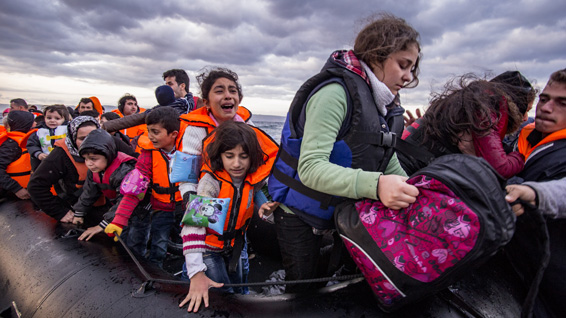By Akanimo Sampson
More than 18 million female international migrants under 20 years of age, have so far embarked on migration journeys, according to a report by the United Nations’ International Organisation for Migration (IOM). The global migration agency however, recognised this on the International Day of the Girl Child.
Within this context, a new IOM report on young women and girls and labour migration in South-East Asia and the Pacific provides a timely contribution to understanding this phenomenon. The IOM publication, Supporting Brighter Futures: Young Women and Girls and Labour Migration in South-East Asia and the Pacific, aims to give policy makers and practitioners evidence-based research on some of the most pressing and salient issues affecting the migration of young women and girls in these regions.
The report includes papers on various topics, including young women and girls as household providers, inter-generational migration and education, among other themes.
Reflecting on his contribution to the report, Prof Roy Huijsmans remarked “Migration and education are not necessarily mutually exclusive. Rather than having a policy focused on keeping girls and young women from moving, we might want to ask how we can support making this combination work better.”
Made possible through the support of the Gender Equality Branch of the Australian Department of Foreign Affairs and Trade, Supporting Brighter Futures includes research from some of the leading experts in the field. Fundamentally, the report asserts that the migration of young women and girls must be recognized as a strategic topic, especially considering the increased mobility of the cohort.
To celebrate this day, IOM Senior Research Officer Celine Bauloz urged everyone to “recall the difficulties and the situation of vulnerability that girls may encounter”, before adding, “we need also to recognise their agency, their aspirations, and we need to empower them throughout the migration process.”

